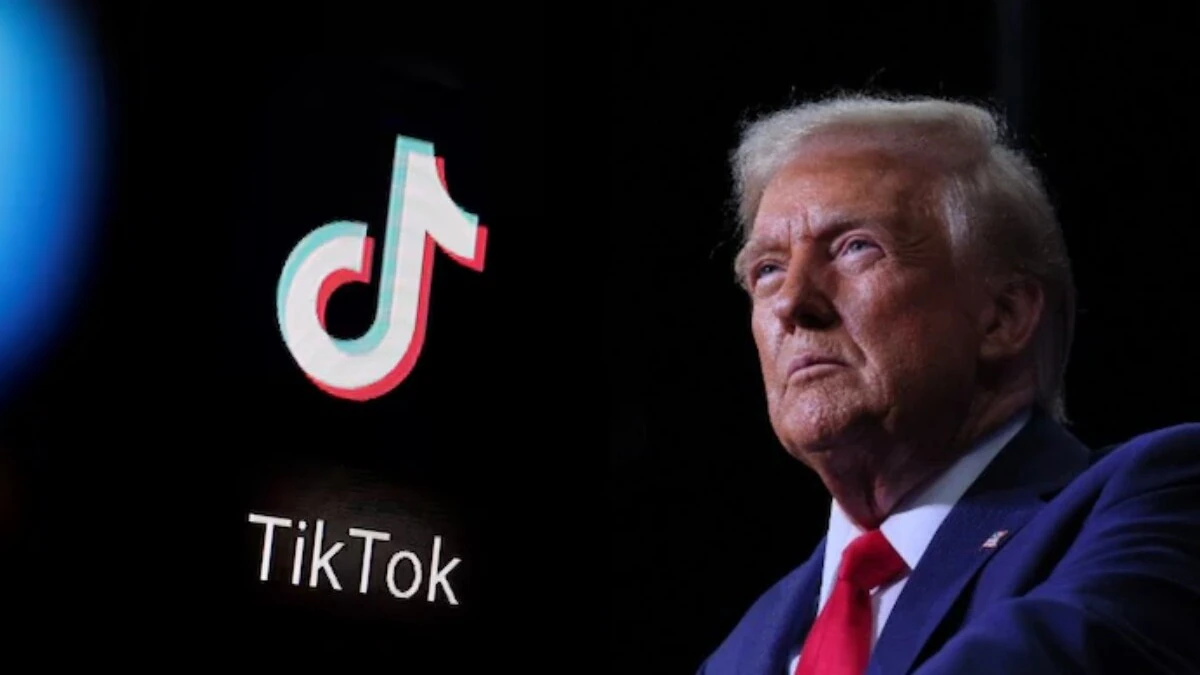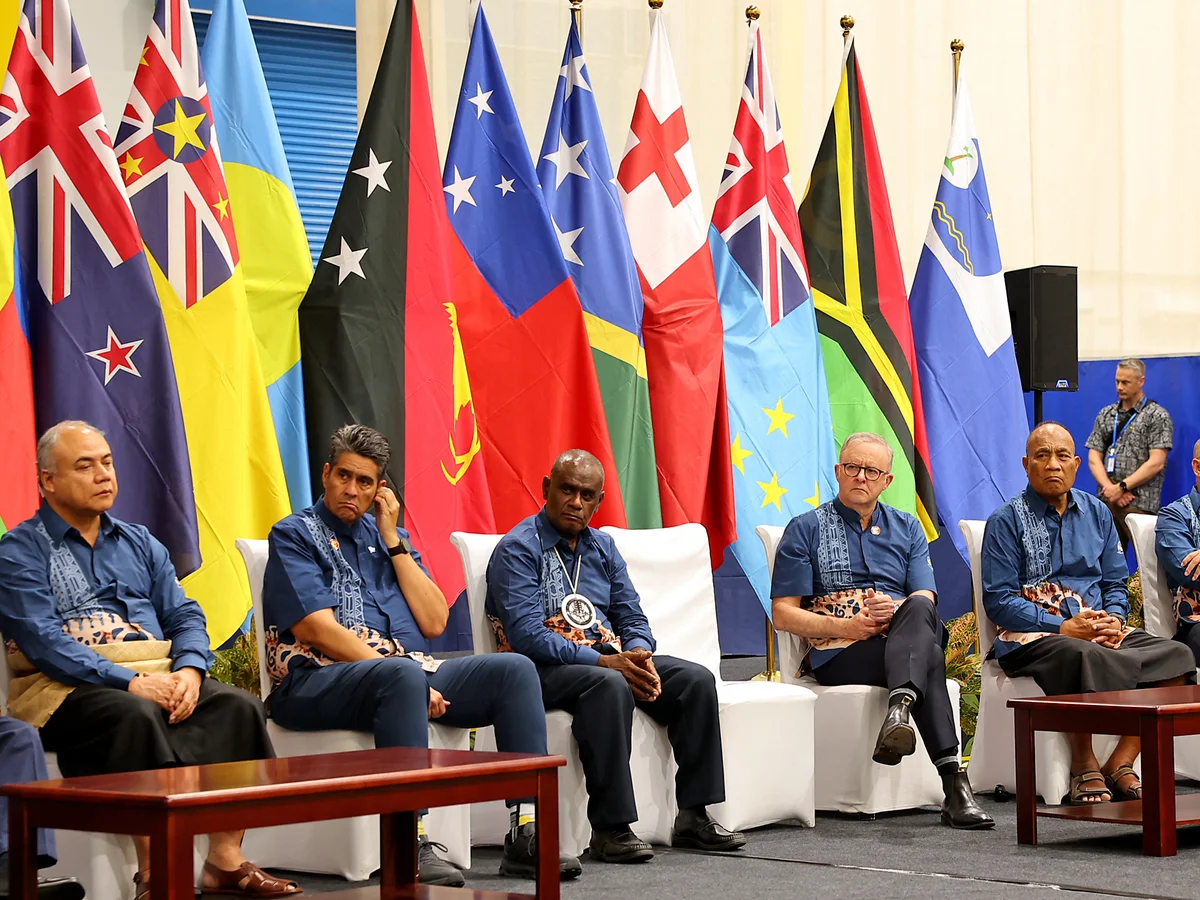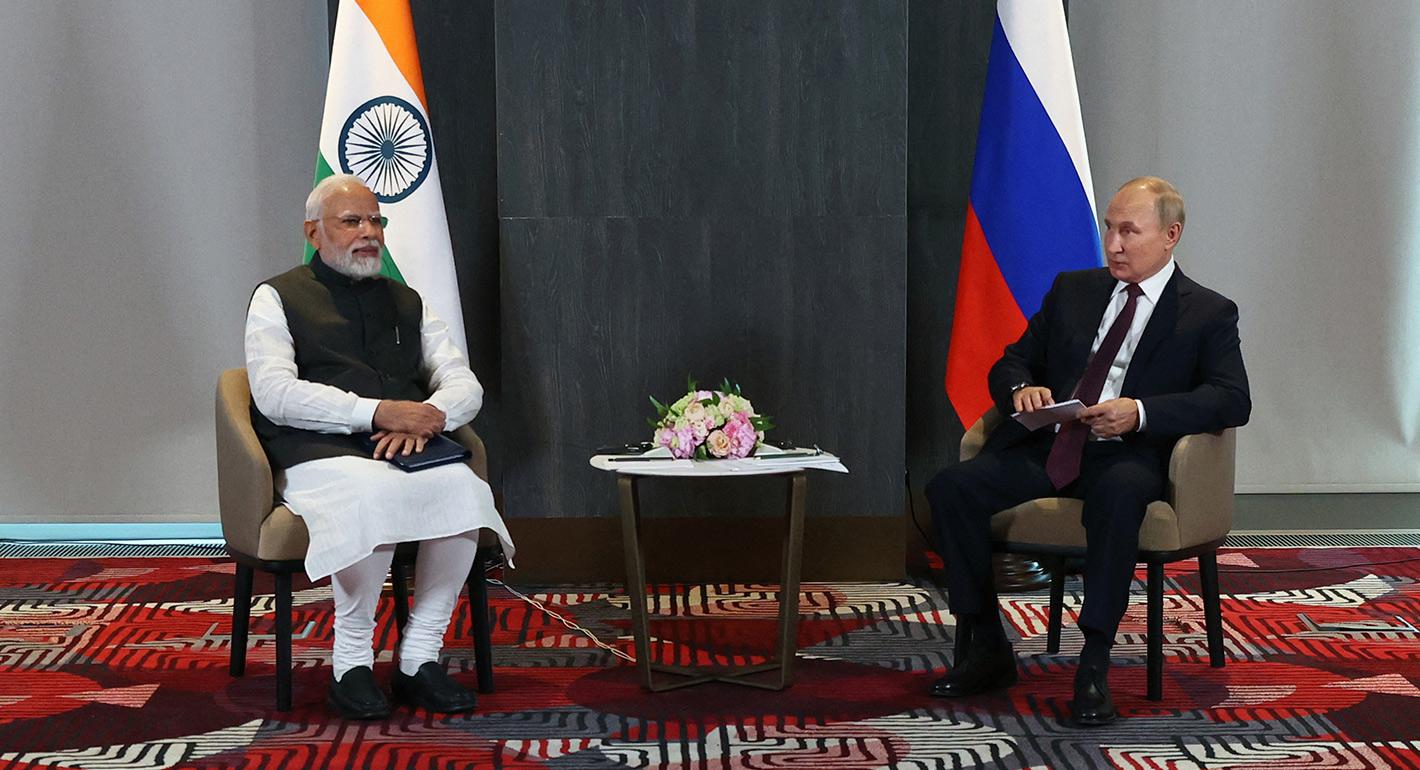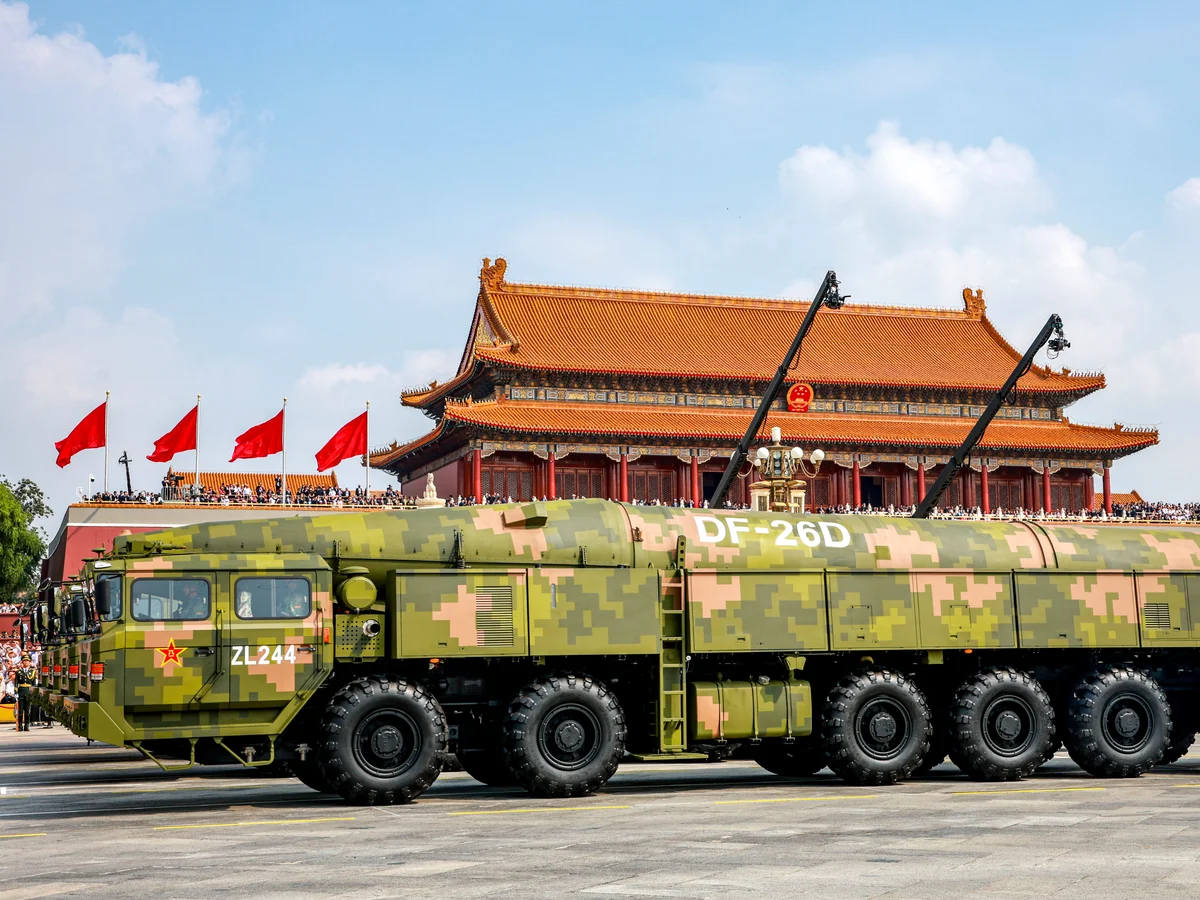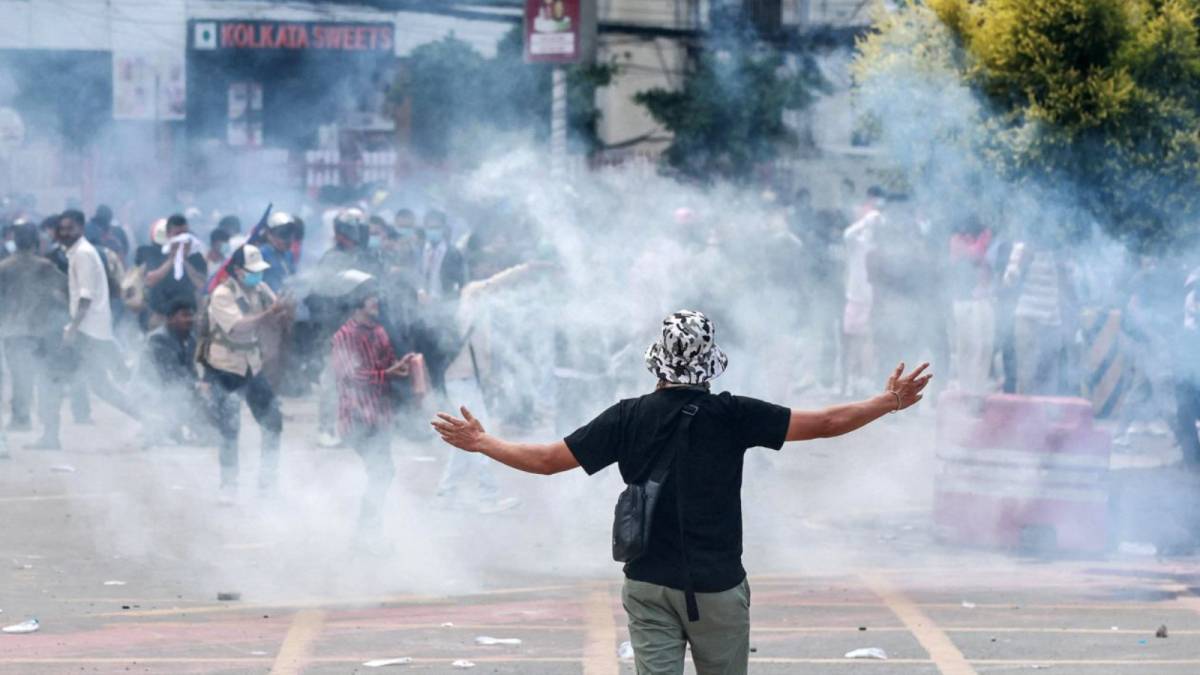It’s 2025, and TikTok, the app that turned dance challenges and lip-sync videos into a global phenomenon, is once again at the center of a high-stakes U.S.-China showdown. On September 15, 2025, President Donald Trump announced a “framework” deal with China to keep TikTok running in the U.S., just days before a looming ban deadline. But here’s the twist: Beijing suggests the U.S. version will still rely on China’s powerful algorithm, raising eyebrows and questions about national security. As a former social media manager who’s seen TikTok’s addictive pull firsthand, I’m diving into this saga to unpack the deal, its implications, and why it’s got everyone from teens to lawmakers on edge. Let’s explore this rollercoaster of a story, from trade talks in Madrid to the algorithm that keeps you scrolling.
What Is the TikTok Deal All About?
The Trump administration’s deal aims to prevent TikTok’s ban in the U.S. by transferring its ownership from China’s ByteDance to American investors. Negotiated in Madrid, the framework agreement emerged from trade talks led by U.S. Treasury Secretary Scott Bessent and Chinese Vice Premier He Lifeng. Trump hailed it as a win for “young people,” but details remain murky, especially around who controls TikTok’s algorithm.
The Backstory of the Ban
In April 2024, Congress passed a law, signed by then-President Joe Biden, requiring ByteDance to divest TikTok’s U.S. operations or face a nationwide ban due to national security concerns. Fears centered on China accessing user data or manipulating content via the app’s algorithm. Trump, who initially pushed for a ban in 2020, has since softened, extending the deadline multiple times.
Why TikTok Matters
With 170 million U.S. users, TikTok isn’t just a platform for viral dances—it’s a cultural juggernaut. From launching artists like Lil Nas X to shaping political discourse, its influence is undeniable. My cousin, a small business owner, credits TikTok for doubling her bakery’s sales through viral recipe videos. Losing it would hit hard.
The Framework Deal: What We Know
The deal, announced on September 15, 2025, after talks in Madrid, sets the stage for U.S.-controlled ownership of TikTok. Trump and Chinese President Xi Jinping are set to finalize details in a call on September 19, 2025. The agreement reportedly involves a consortium of investors, with Oracle as a key player, but China’s insistence on retaining algorithm control has sparked debate.
Key Players in the Deal
The negotiations involved heavy hitters like U.S. Treasury Secretary Scott Bessent and U.S. Trade Representative Jamieson Greer. On the Chinese side, Vice Premier He Lifeng and cyber official Wang Jingtao pushed for a deal that protects ByteDance’s interests. Oracle, already TikTok’s U.S. data host, is poised to lead the investor group.
The Algorithm Controversy
Wang Jingtao suggested the U.S. app would license ByteDance’s algorithm, not transfer it, meaning China retains control over TikTok’s “secret sauce.” This has critics like the House Select Committee on China crying foul, arguing it violates the 2024 law requiring full divestment from Chinese ownership.
Why the Algorithm Matters
TikTok’s algorithm is the engine behind its addictive feed, curating videos based on user behavior with eerie precision. It’s why you can’t stop scrolling at 2 a.m. (guilty as charged). But U.S. officials fear China could use it to manipulate content or harvest data, making its ownership a national security flashpoint.
How the Algorithm Works
The algorithm analyzes your watch time, likes, and interactions to serve tailored content. It’s so effective that competitors like Instagram’s Reels have struggled to match it. Beijing’s export controls on algorithms, updated in 2020, show how tightly they guard this tech.
National Security Concerns
U.S. lawmakers worry that ByteDance, under Chinese law, could share user data with Beijing or tweak the algorithm to push propaganda. A 2023 Forbes report highlighted TikTok’s data mishandling and tracking of journalists, fueling these fears. The deal’s licensing model raises questions about whether these risks are truly addressed.
Comparing TikTok’s Deal to Past Efforts
This isn’t the first time the U.S. has tried to “save” TikTok. Let’s compare the current deal to earlier attempts:
| Deal Attempt | Year | Key Players | Outcome | Algorithm Status |
|---|---|---|---|---|
| Oracle-Walmart | 2020 | Oracle, Walmart | Failed | Not transferred |
| Microsoft | 2020 | Microsoft | Failed | Not transferred |
| Current Deal | 2025 | Oracle, others | Pending | Licensed, not owned |
Past deals collapsed due to Beijing’s resistance and U.S. security concerns. The 2025 framework, with its licensing model, is a compromise but risks falling short of legal requirements.
Pros and Cons of the TikTok Deal
The framework deal has sparked both hope and skepticism. Here’s a balanced look:
Pros
- Saves TikTok: Keeps the app running for 170 million U.S. users, preserving its cultural and economic impact.
- U.S. Ownership: Shifts majority control to American investors, reducing ByteDance’s influence.
- Economic Boost: Could create jobs and opportunities for U.S. tech firms like Oracle.
- Trade Progress: Signals improving U.S.-China relations, potentially easing tariff tensions.
Cons
- Algorithm Risks: Licensing China’s algorithm may not fully address security concerns.
- Legal Uncertainty: The deal may violate the 2024 law, risking Congressional pushback.
- Data Privacy: Questions remain about how user data will be protected from Beijing’s access.
- Glitchy App: A U.S.-based algorithm trained on local data could lead to a less engaging app.
The Role of Oracle and Other Investors
Oracle, a longtime TikTok partner hosting U.S. user data, is reportedly leading a consortium including Silver Lake and Andreessen Horowitz. This group would own 80% of TikTok’s U.S. operations, with ByteDance retaining a minority stake. Oracle’s chairman, Larry Ellison, a Trump ally, brings serious financial muscle to the table.
Why Oracle?
Oracle’s existing relationship with TikTok, hosting data since 2022, makes it a natural fit. Its experience in cloud computing and Ellison’s wealth (he briefly outranked Elon Musk as the world’s richest person) position it to handle TikTok’s complex infrastructure. But critics worry about its ability to replicate ByteDance’s algorithm.
Other Potential Buyers
Names like Frank McCourt’s Project Liberty and AI startup Perplexity have been floated, but their bids lack Oracle’s scale. Earlier players like Microsoft and Walmart dropped out after failed 2020 talks, leaving Oracle as the frontrunner.
A Personal Take: Why TikTok’s Fate Hits Home
As someone who’s spent hours scrolling TikTok, I get its appeal. My friend Sarah, a teacher, used it to share creative lesson plans, building a following that landed her a book deal. A ban would’ve crushed her platform, and millions like her rely on TikTok for income or expression. But I also worry about my data—knowing China could access it gives me pause. This deal’s attempt to balance both feels like walking a tightrope.
The Bigger Picture: U.S.-China Relations
The TikTok deal isn’t just about an app—it’s a microcosm of U.S.-China tensions. Trade talks in Madrid covered tariffs, export controls, and more, with TikTok as a key bargaining chip. Trump’s willingness to let TikTok “go dark” reportedly pushed China to compromise, but Beijing’s algorithm stance shows they’re not giving up everything.
Trade and Tariffs
Trump’s tariffs on Chinese goods, launched in April 2025, strained relations, making the TikTok deal a rare breakthrough. China’s push for lower tariffs and a potential Trump-Xi summit later this year suggest both sides see TikTok as a path to broader cooperation.
National Security vs. Free Speech
The deal pits security against free speech. TikTok argues a ban violates the First Amendment for its 170 million users, a claim the Supreme Court rejected in January 2025. Yet, the licensing model raises doubts about whether security concerns are fully resolved.
People Also Ask (PAA)
What is the TikTok deal with China?
The deal is a framework agreement to transfer TikTok’s U.S. operations to American ownership, avoiding a ban. It includes licensing ByteDance’s algorithm and entrusting U.S. user data to American firms, with details to be finalized by Trump and Xi Jinping.
Why does the U.S. want to ban TikTok?
U.S. officials fear ByteDance could share user data with China or manipulate content via the algorithm, posing a national security threat. A 2024 law requires divestment to address these concerns.
Who will own TikTok in the U.S.?
A consortium led by Oracle, potentially including Silver Lake and Andreessen Horowitz, would own 80% of TikTok’s U.S. operations. ByteDance would retain a minority stake.
Will TikTok’s algorithm change?
The deal allows the U.S. app to license ByteDance’s algorithm, trained on U.S. data, but China retains control. This could lead to a different user experience if a new algorithm is developed.
How to Stay Informed and Engaged
Want to keep up with TikTok’s fate or weigh in? Here’s how:
- Follow Trusted Sources: Check AP News or Reuters for updates on the deal and U.S.-China talks.
- Engage with Advocacy Groups: Groups like the Center for Digital Democracy advocate for user privacy and can guide you on action steps.
- Voice Your Opinion: Share your thoughts on platforms like X or contact lawmakers about data privacy laws.
Best Tools for Digital Privacy
While the TikTok deal unfolds, protect your online presence with these tools:
- NordVPN: Encrypts your data, keeping it safe from prying eyes.
- ProtonMail: Offers secure email with end-to-end encryption.
- Signal: A messaging app with strong privacy features, perfect for secure communication.
FAQs
1. Why is Trump pushing to save TikTok?
Trump sees TikTok as a valuable platform for young voters, having used it successfully in his 2024 campaign. He’s extended the ban deadline multiple times to negotiate a deal that balances security and user access.
2. Does the deal address national security concerns?
Partially. U.S. ownership and data hosting by Oracle aim to limit China’s access, but licensing the algorithm raises concerns about Beijing’s influence. Congress may reject the deal if it doesn’t comply with the 2024 law.
3. Will TikTok work the same after the deal?
Possibly not. A U.S.-trained algorithm could lead to a less engaging app, and content may differ from the global version, potentially isolating U.S. users.
4. Can I protect my data on TikTok now?
Use strong passwords, limit shared personal info, and consider a VPN like NordVPN. Advocate for federal data privacy laws to ensure long-term protection.
5. When will the deal be finalized?
Trump and Xi Jinping are set to discuss final terms on September 19, 2025, with a new deadline of December 16, 2025, to complete the agreement.
Conclusion: A Deal with Strings Attached
The Trump administration’s TikTok deal is a high-wire act, balancing the app’s cultural and economic value against national security risks. By keeping TikTok alive, it preserves a platform that’s launched careers and connected millions, but the decision to license China’s algorithm leaves lingering questions. Will the U.S. get a glitchy version of TikTok? Can Oracle and its partners outsmart Beijing’s tech prowess? As Trump and Xi hash out the final details, one thing’s clear: this saga is far from over. Stay tuned, because the next chapter could change how you scroll—or what’s watching you back.
